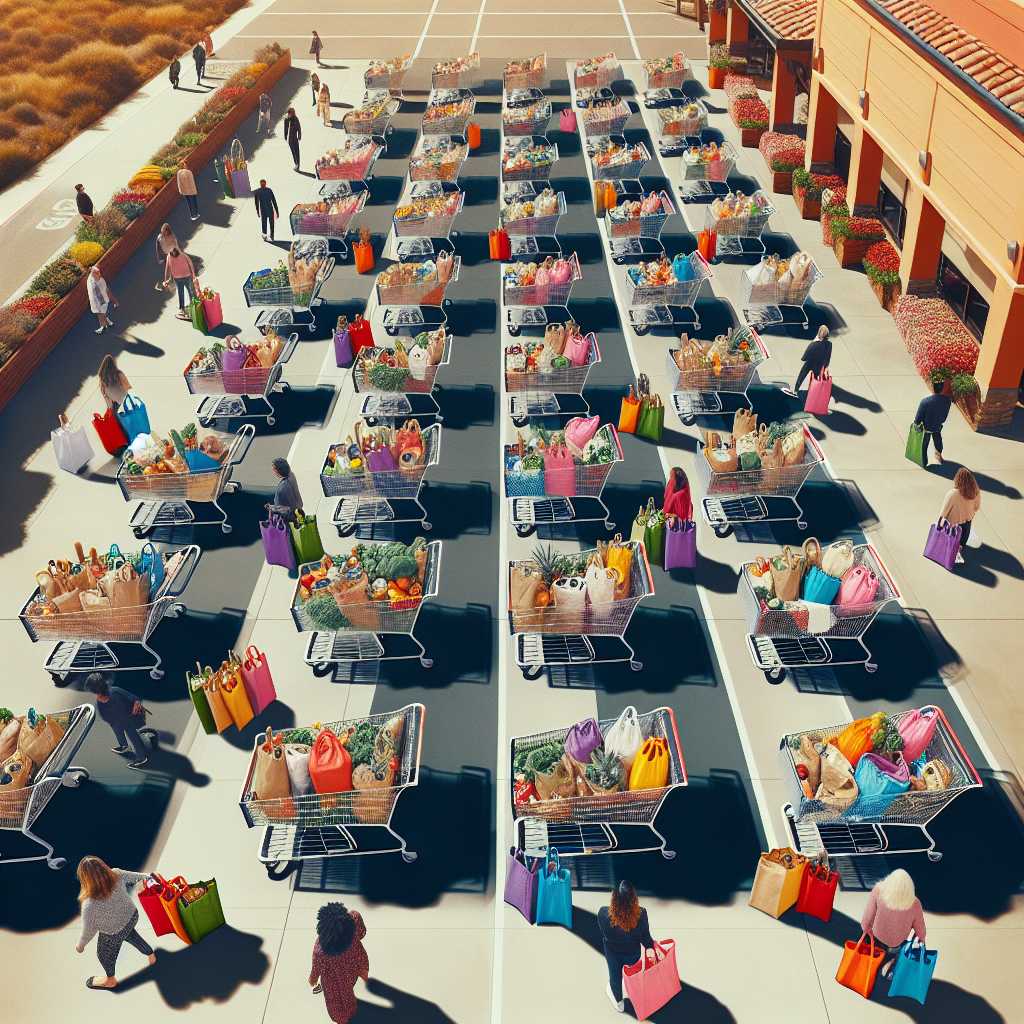California’s Comprehensive Plastic Bag Ban: An In-Depth Analysis
California has been a trailblazer in the United States regarding environmental policies, and one of the state’s most talked-about initiatives is its approach towards reducing plastic waste through the ban on single-use plastic bags. The Golden State has phased out these bags in favor of promoting reusable and recyclable alternatives, tackling pollution and the negative environmental impacts associated with plastic.
Background on Single-Use Plastic Bag Proliferation
Single-use plastic bags became widespread in the 20th century, primarily due to their convenience, low production cost, and durability. However, these same characteristics have contributed to significant environmental problems. Plastic bags can take up to 1,000 years to degrade and often fail to decompose completely, breaking down into microplastics that contribute to soil and water pollution. These single-use items are largely responsible for clogging waterways, harming wildlife, and cluttering landscapes.
The Emergence of California’s Plastic Bag Ban
In 2014, California became the first state in the U.S. to impose a statewide ban on single-use plastic bags at large retail stores when Governor Jerry Brown signed Senate Bill 270 into law. This followed several local ordinances implemented across numerous municipalities in California that paved the way for state-wide action.
The impetus behind such legislative moves was multifaceted—revolving around concerns about environmental sustainability, wildlife protection, waste management challenges, and a growing consumer awareness of the need to reduce reliance on disposable plastic products.
Provisions Under California’s Plastic Bag Legislations
California’s ban on single-use plastic bags prevents certain types of businesses—mostly grocery stores and large retailers—from handing out single-use carryout bags. Instead, those stores provide alternative bags for a small charge, incentivizing consumers to reuse their bags. Under this new system:
– Stores sell paper bags or reusable plastic bags (made of thicker plastic capable of holding 22 pounds over a distance of 175 feet for a minimum of 125 uses).
– The cost for alternative bags must meet a minimum charge established by the legislation, generally $0.10.
– Certain exceptions are provided for restaurants and nonprofit charitable reusers.
– The law offers competitive advantages for producers of compostable or recycled paper bags within California.
Impact and Response by Retailers and Consumers
Since the implementation of the statewide ban, Californians have seen changes in their shopping habits as they adapt to the new eco-friendly measures. Supermarkets and other major retailers switched over to selling approved reusable or recycled-content bags, investing in customer education campaigns besides altering checkout workflows.
Most consumers adapted accordingly, bringing reusable bags from home when going shopping so as to sidestep the bag fee. Research indicates there has been a marked reduction in plastic bag litter and an increase in consumer support for even broader measures to reduce single-use plastics.
Challenges and Criticisms of the Ban
The ban stated aims—reducing plastic pollution and encouraging sustainable behaviors—has garnered widespread support from environmental groups and concerned citizens. However, not all parties supported it uniformly:
– Some argue that bag fees disproportionately affect lower-income families.
– Critics raise concerns over health issues related to infrequently washed reusable bags.
– Plastics industry advocates emphasize job losses in bag manufacturing companies.
– Debates continue over the lifecycle environmental impacts of alternative materials like heavier plastics or paper.
Notes
A Vision Forward for Sustainability
The aspiring results witnessed since implementing California’s single-use plastic bag ban lay pathways for other states looking at similar enviro-centric initiatives. Its overall success demonstrates that collective action led by firm policy-making can indeed skew both market trends and consumer behavior towards sustainability goals.
The reduction of plastic bag usage represents only a sliver within the grand schema of environment preservation efforts required on a global scale; however, small steps such as these frequently operate as catalysts for sweeping changes in environmental conservation practices.
While debates will continue regarding material alternatives’ ecological soundness and societal implications therein, California’s forward movement indicates a promising approach toward reinventing how society views consumption, waste management, and environmental responsibility.
